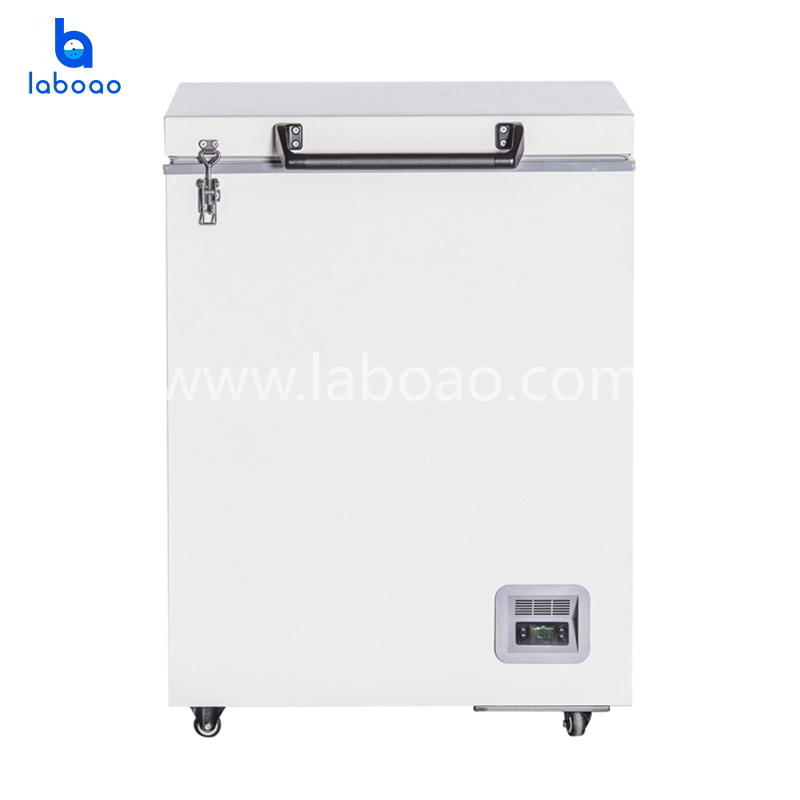Bacteria, Enzymes, Metabolites, Biotransformations - An Inventory Of The Four Major Fermentation Products
As the cornerstone of food processing, bacterial products provide the necessary microbial activity for the production of daily foods such as bread and beer.
Enzyme products optimize multiple links from food processing to pharmaceutical production with their efficient and specific catalytic properties.
Metabolite products, whether primary or secondary metabolites, provide humans with rich nutritional and therapeutic resources.
Biotransformation products, with their environmentally friendly and efficient characteristics, provide a greener and more sustainable alternative to chemical synthesis.
1. Bacteria products The core of bacteria products is the bacteria itself, which plays an important role in the production process of foods such as bread and beer:
Microbial cells: As food for humans or animals, they provide protein and other nutrients, sometimes called single-cell protein or bacterial protein.
Probiotics: These microorganisms help regulate and maintain the health of the human intestine and are beneficial to the digestive system.
Yeast | Acetic Acid Bacteria | Mucor | Lactic Acid Bacteria | |
Biological Classification | Eukaryotic Organisms | Prokaryotes Eukaryotic Organisms | Eukaryotic Organisms | Prokaryotes Eukaryotic Organisms |
Life Mode | Heterotrophic Facultative Anaerobic | Heterotrophic Aerobic | Heterotrophic Aerobic | Heterotrophic Anaerobic |
Suitable Temperature | Around 20℃ | 30℃~35℃ | 15℃-18℃ | RT |
Main Reproductive Method | Budding Reproduction Under Suitable Conditions. | Binary Fission | Spore Reproduction | Binary Fission |
Main Purpose | Brewing And Making Dough | Making Vinegar | Making Fermented Bean Curd | Making Yogurt And Kimchi |
2. Enzyme preparation products Enzyme preparation products are purified and processed forms of biocatalysts. Enzyme preparations are used in food, textile, feed, detergent, papermaking, leather, medicine and other industries. Has the following characteristics:
High catalytic efficiency: Enzymes can significantly increase the speed of chemical reactions.
Specificity: Each enzyme typically catalyzes only one specific chemical reaction.
Mild action conditions: The enzyme works at relatively low temperatures and pressures, reducing the impact on the environment.
3. Metabolite products Metabolite products are divided into primary and secondary metabolites:
Primary metabolites: produced in the logarithmic growth phase of microorganisms, are necessary substances for cell growth and life maintenance activities, including amino acids, nucleotides, proteins, nucleic acids, vitamins, etc.
Secondary metabolites: produced after a microorganism grows to a certain stage, have complex chemical structures and may have no obvious physiological function for the microorganism. Such products include antibiotics, toxins, hormones, pigments, etc. Different types of microorganisms produce different secondary metabolites.
4. Biotransformation products Biotransformation products involve the process of converting one compound into another by microbial cells or the enzymes they produce:
Conversion reaction types: including dehydrogenation, oxidation, hydroxylation, condensation, decarboxylation, amination, deamination or isomerization, etc.
Application examples: converting ethanol into acetic acid, or producing steroids, chiral drugs, etc. through biotransformation processes.
Compared with chemical synthesis, biotransformation usually has fewer steps, milder conditions, less waste and by-products, and is more environmentally friendly.










-analyzer-1695623743955.jpg)

